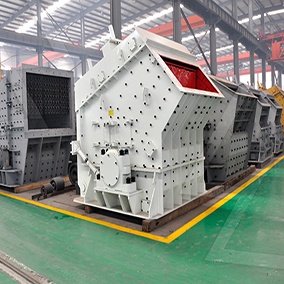A super wet ball mill typically refers to a ball milling process that operates with an exceptionally high liquid-to-solid ratio, often used for ultra-fine grinding, dispersion, or mechanochemical applications. Here’s a detailed breakdown of key considerations for optimizing such a system:
—
1. Key Parameters for Super Wet Ball Milling
– Slurry Density:
– Liquid content may exceed 50–70% of the total slurry volume (unlike conventional wet milling, where it’s ~30–50%).
– Ensure viscosity is low enough to allow particle movement but high enough to prevent settling.
– Grinding Media:
– Size: Smaller media (e.g., 0.1–2 mm) for nano-grinding; larger (2–10 mm) for coarse feeds.
– Material: Zirconia, alumina, or stainless steel for corrosion resistance.
– Loading: Typically 30–50% of the mill volume (adjust based on slurry fluidity).
– Mill Speed:
– Operate at 60–75% of critical speed (where centrifugal force equals gravity) to balance impact and shear.
– Additives:
– Dispersants (e.g., sodium polyacrylate) to prevent agglomeration.
– pH modifiers to stabilize particles (e.g., NaOH or citric acid).
—
2. Advantages of Super Wet Milling
– Ultra-fine particles: Achieves sub-micron or nano-sized particles due to enhanced lubrication and reduced re-agglomeration.
– Lower heat generation: Excess liquid acts as a coolant, minimizing thermal degradation.
– Improved homogeneity: Ideal for slurries in ceramics, batteries (e.g., electrode materials), or pharmaceuticals.
—
 3. Challenges & Solutions
3. Challenges & Solutions
| Challenge | Solution |
|———–|———-|
| High energy consumption | Optimize media size/speed; use efficient dispersants. |
| Slurry sedimentation | Continuous agitation or recirculation systems. |
| Media wear | Use hardened materials (e.g., yttria-stabilized zirconia). |
| F ing | Anti-foaming agents (e.g., silicone-based). |
ing | Anti-foaming agents (e.g., silicone-based). |
—
4. Applications
– Battery materials: Li-ion cathode/anode slurries (e.g., graphite, LFP).
– Ceramics: High-purity alumina/zircon




